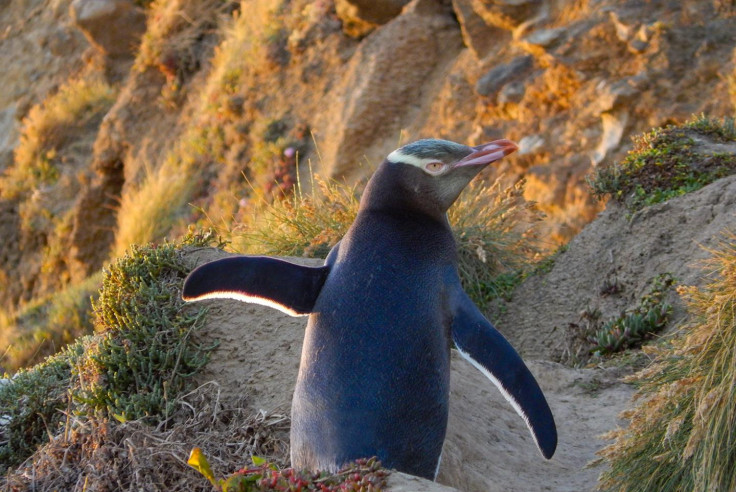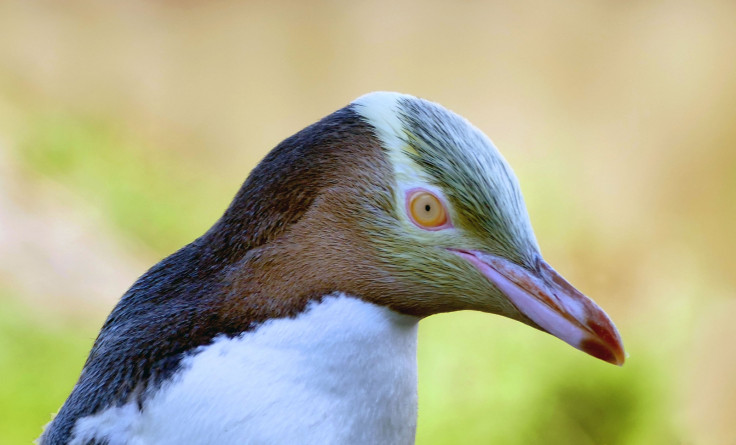New Zealand's iconic yellow-eyed penguins slipping to extinction as breeding grounds fall silent
The iconic species is set to go extinct on the Otago peninsula as soon as the 2040s.

Yellow-eyed penguins are one of the most famous species of New Zealand, but their colonies are suffering. They are set to vanish from popular tourist sites on the Otago Peninsula in as little as 25 years.
There are just 1,700 breeding pairs of yellow-eyed penguins left, making it one of the most endangered species of penguin in the world. Warming oceans are the main force pushing the species towards extinction, contributing to about a third of the population decline, finds a study published in the journal PeerJ.
The date of 2060 for the extinction of the species on the Otago Peninsula is a conservative estimate, that doesn't take into account mass die-offs such as one in 2013.
"Any further losses of Yellow-eyed penguins will bring forward the date of their local extinction," study author Thomas Mattern of the University of Otago said in a statement.
When these are included in the estimates, alongside declining breeding success since 2015, the species could go extinct by 2042, the authors say.
"It is sobering to see the previously busy penguin-breeding areas now overgrown and silent, with only the odd lonely pair hanging on," said co-author Ursula Ellenberg.
A range of human activities are having an impact on the species. Intensive fishing reduces the penguin's prey, while many are killed as by-catch. Polluted water is also causing health problems for the penguins. Climate change is adding pressure to the penguin population, with rising sea temperatures thought to be one of the main causes for the falling numbers.
But there is still much uncertainty about how much each of these factors is contributing to the decline of the yellow-eyed penguin.
"The problem is that we lack data to examine the extent of human impacts, ranging from fisheries interactions, introduced predators to human disturbance, all of which contribute to the penguins' demise," said Mattern.

"However, considering that climate change explains only around a third of the variation in penguin numbers, clearly those other factors play a significant role. Unlike climate change, these factors could be managed on a regional scale," he said.
Although the scale of the impact of climate change on oceans is "daunting", targeting regional and local human activities – such as fishing and pollution – could make a big difference.
"Now we all know that yellow-eyed penguins are quietly slipping away, we need to make a choice," the authors conclude. "Without immediate, bold and effective conservation measures we will lose these penguins from our coasts within our lifetime."
© Copyright IBTimes 2025. All rights reserved.






















